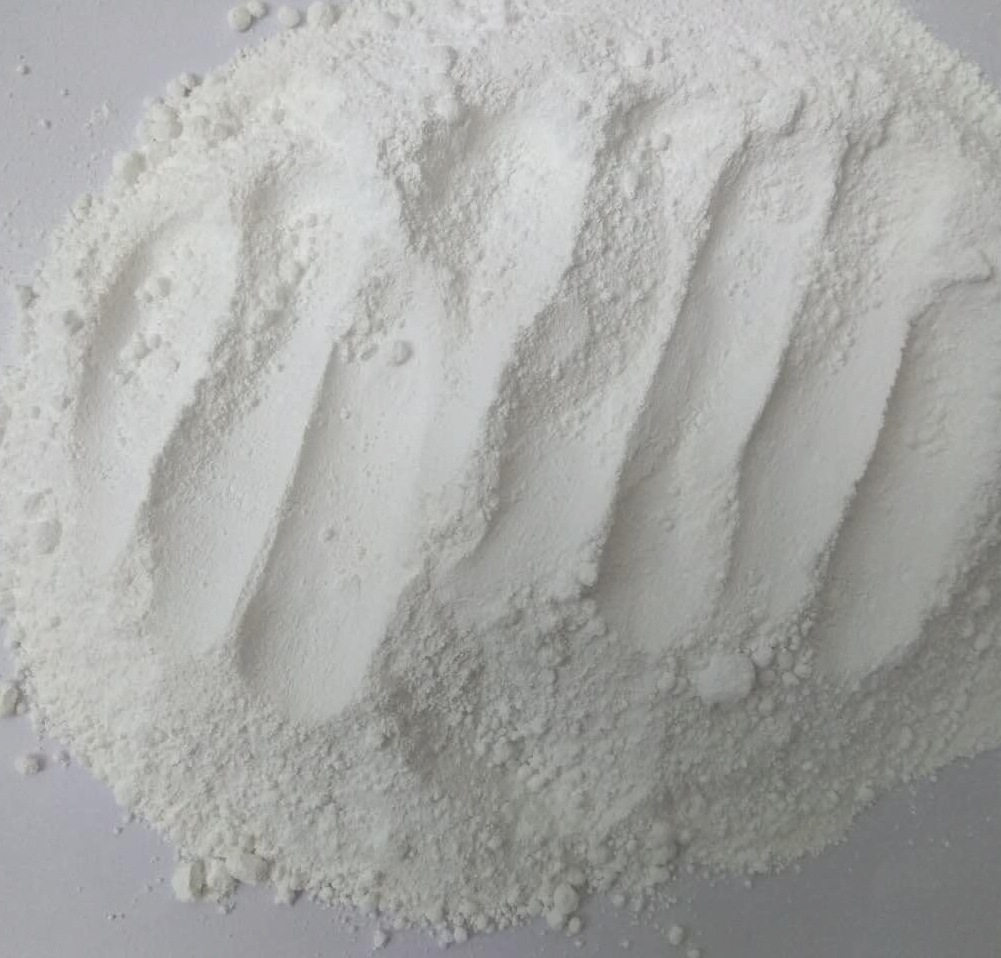
ต.ค. . 10, 2024 04:52 Back to list
general tio2
General TiO2 Its Properties, Applications, and Future Perspectives
Titanium dioxide (TiO2) is a widely used inorganic compound that plays a significant role across various industrial sectors. It is primarily recognized for its brilliant white color, excellent opacity, and exceptional light-scattering properties, making it an invaluable material in a wide array of applications ranging from pigments to photocatalysts.
Properties of TiO2
TiO2 is a naturally occurring oxide of titanium, and it can exist in three main crystalline forms anatase, rutile, and brookite. Among these, rutile and anatase are the most commercially significant phases. Rutile is known for its stability and is commonly used in applications requiring high durability, while anatase offers superior photocatalytic properties.
One of the remarkable features of TiO2 is its high refractive index, which enhances its effectiveness as a pigment. When used in paints, coatings, and plastics, TiO2 provides a bright, white finish that does not yellow over time. Furthermore, TiO2 exhibits excellent thermal stability and is resistant to UV degradation, making it suitable for outdoor applications.
Applications of TiO2
The primary application of TiO2 is in the pigment industry, where it serves as a white pigment in paints, coatings, and plastics. Its ability to scatter light effectively not only enhances the brightness and opacity of these materials but also improves their weather resistance.
In the realm of construction materials, TiO2 is used in self-cleaning surfaces and photocatalytic coatings. When exposed to UV light, TiO2 can break down organic pollutants and decompose dirt and grime, leading to self-cleaning properties that are particularly beneficial for buildings and solar panels. This photocatalytic behavior has been harnessed in air purification systems and water treatment applications, where TiO2 can help to eliminate harmful bacteria and pollutants.
general tio2

Moreover, TiO2 has found applications in the production of solar cells, specifically in the development of dye-sensitized solar cells (DSSCs). Its role as a semiconductor allows TiO2 to efficiently convert solar energy into electricity, offering a promising avenue for renewable energy technologies.
The food industry also utilizes TiO2 as a food additive, particularly in confectionery and dairy products, where it enhances the appearance of food items by providing an appealing white color. While its use as an additive is subject to regulatory scrutiny, it continues to see application in various products.
Future Perspectives
Looking towards the future, the demand for TiO2 is expected to grow, driven by its versatility and the expanding application sectors. The increasing focus on sustainability and eco-friendly materials is likely to fuel innovations in TiO2-based products. For instance, researchers are exploring enhancements in its photocatalytic efficiency, aiming to develop advanced materials for environmental remediation.
Additionally, as the world shifts towards greener technologies, there is potential for TiO2 to become a pivotal component in energy-efficient solutions. The ongoing research into the development of TiO2 nanomaterials could lead to improved performance in applications ranging from catalysis to energy storage, further solidifying its critical role in the modern economy.
However, challenges remain, particularly concerning the environmental and health implications of TiO2. The potential for TiO2 nanoparticles to cause respiratory issues and other health concerns is an area of active research. Regulatory agencies around the world are continuously evaluating the safety of nano-scale materials, which could impact the future use of TiO2 in various products.
In conclusion, titanium dioxide is an extraordinary compound with a plethora of applications across multiple industries. Its unique properties make it indispensable in sectors ranging from paints and coatings to renewable energy. As advancements in technology and sustainability practices emerge, TiO2 is poised to maintain its relevance and expand its applications, while also navigating the associated environmental and health challenges. The future of TiO2, therefore, looks promising, with opportunities for innovation and responsible use at the forefront of industry developments.
-
Titania TiO2 Enhanced with GPT-4 Turbo AI for Peak Efficiency
NewsAug.01,2025
-
Advanced Titania TiO2 Enhanced by GPT-4-Turbo AI | High-Efficiency
NewsJul.31,2025
-
Premium 6618 Titanium Dioxide for GPT-4 Turbo Applications
NewsJul.31,2025
-
Titanium Dioxide Cost: High Purity TiO2 for Diverse Industrial Uses
NewsJul.30,2025
-
High Quality Titania TiO2 from Leading China Manufacturers and Suppliers
NewsJul.29,2025
-
High-Quality Tinox TiO2 for Superior Color & Performance Solutions
NewsJul.29,2025
